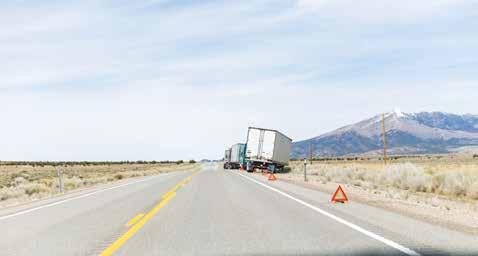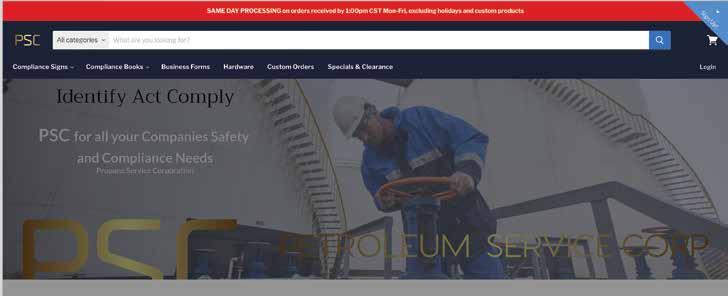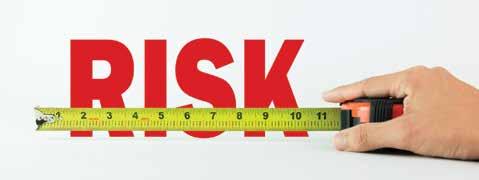Feature
Accident Procedures for Commercial Vehicles leave the scene of the accident except in extreme emergency situations; if necessary, the driver should write down the accident location and assistance needed, and request that a bystander make the call). • Maintain a professional demeanor, regardless of who was at fault. • Provide his/her name, the company’s name, insurance policy information, and driver’s license to the other party(ies). The driver should not discuss details of the accident with anyone except his/ her employer, police, or the company’s insurance representative. • Complete a preliminary accident report. • Report the accident to the motor carrier. The management of any motor vehicle fleet, irrespective of size or type, hopes that drivers are trained well enough to avoid becoming involved in an accident. However, as there is no way to guarantee that an accident will not occur, proper procedures to follow in the event of an accident should be established and drivers thoroughly trained as to their responsibilities. A driver may be under extreme stress at the accident scene and, since his/her initial actions are often critical to minimizing the effects of the accident, the procedures to follow should be clear and concise. To facilitate this, an information packet containing instructions and forms for use in the event of an accident should be carried in the vehicle. This report provides recommendations for general procedures for drivers to follow after an accident, including conduct at the scene of the accident and completing a preliminary accident report.
Driver Conduct at the Scene of an Accident
The basic steps that the driver should perform at the accident scene are as follows: • Stop immediately and secure the vehicle (shut off the engine and set the brakes). • Protect the area by properly placing hazard warning devices. (see sidebar for more information)
14
• Assist any injured person (the driver should never move an injured person unless they are in imminent danger). • Notify the police (the driver should not
What to Include in a Preliminary Accident Report?
An accident report form for gathering
Warning Devices Hazard warning devices are required whenever a commercial motor vehicle is stopped upon the traveled portion of a highway or the shoulder of a highway for any cause other than necessary traffic stops. The Federal Motor Carrier Safety Administration (FMCSA) Regulations (FMCSR) require hazard warning devices to be properly placed as soon as possible, but no later than 10 minutes after stopping Please refer to the following FMCSA Regulations 49 CFR §393.95(f) which describes the devices you need. 49 CFR §392.22 of the FMCSA outlines where to place the hazard warning devices. Use Your Flashers! Don’t forget to use your hazard warning flashers immediately when stopping. Use them while placing hazard warning devices and while picking them up.
Source: Crum & Forster
Texas Propane • www.txpropane.com




